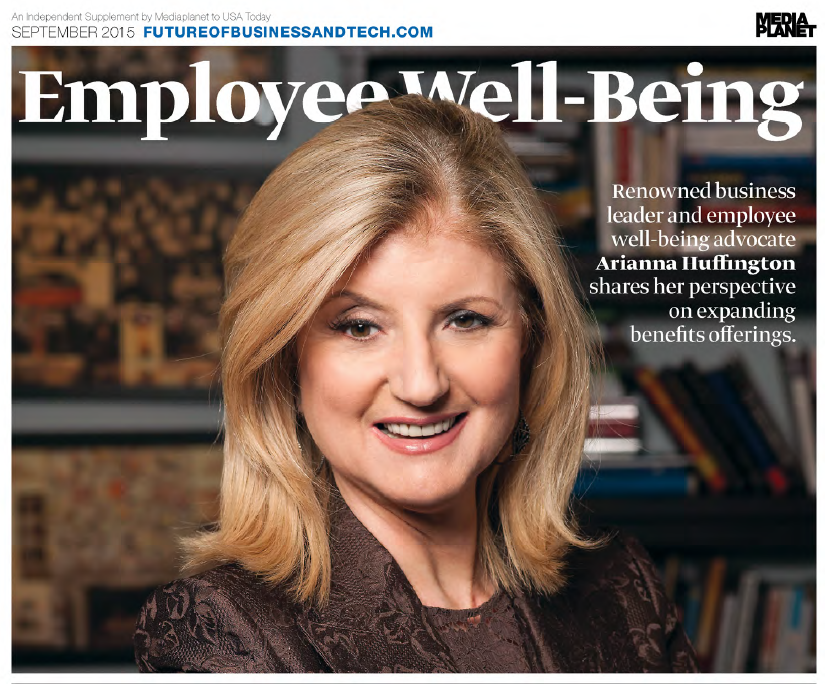USA Today Article Sept 2015
The elements required to support the B2C shift in healthcare can also be leveraged by employers to support employee well-being.

The Path to Employee Well-being on USA Today
To help employees realize their goals of well-being, employers must engage employees by being consistent, coordinated, and relevant in all interactions and communications. These three elements create the necessary positive experiences to engage employees with tools and information so they may make intelligent decisions regarding their well-being. We need to remember that engagement starts in the mind of the employee. Consumers follow a decision-making process regarding their health care so we must follow the rules of consumer centricity to engage employees as consumers of health care. Let’s look at how you get there.
CONSISTENT
One of the biggest problems facing health care today is that it is inconsistent. If healthcare launched rockets to the moon, we would marvel at the amazing landings and also stare in awe at explosions during launch. One of the reoccurring failures is how employers, payers, and providers interact with employees. If we can do something properly once, we need to consistently repeat it. Then we need to have employers, payers, and providers work together to deliver a unified, consistent approach to employee well-being and act as one. Employees don’t want to piece the healthcare puzzle together.
RELEVANT
Health is personal so your interactions and communications need to be relevant or those communications are ignored. In order to provide a personal connection, an understanding of the employee of how they think and connect with others is needed. This understanding drives personalization on a one-to-one level. To facilitate this understanding, we need to segment employee data into basic profile data planes such as technographic, demographic, psychographic, sociographic, technographic, and ethnographic. With profile planes, employers know much more about the employee to interact with on a personal level. For example, if an employer would like to reduce the effects and risks that are associated with hypertension for its employees, they can target a communications campaign with specific profiles delivering the right content and message, to the right people, at the right time, and on the right channel. If a person is not at risk for hypertension but has a BMI of 33, there is no sense in sending information on hypertension. Adding irrelevant information to a communication will render the communication unnecessary and will be ignored.
COORDINATED
Creating positive experiences and understanding their employees is essential, but we also need to coordinate interactions and communications from employers, payers, and providers to the employee. This is Channel Unity. To realize Channel Unity, you must coordinate all communications from a hub so the employee experiences and sees the same thing no matter what channel delivers it. It has to look the same and feel the same.
A communications platform with multi-channel capability is the hub for all communications sent to employees. An application platform facilitating people, process flows, content, and tasks connect to the communications hub so the employee sees a unified communication stream. Employers need to understand what makes each of us tick, collaborate with health partners such as payers and providers, and coordinate communications in order to engage employees and deliver convenient integrated health services.
